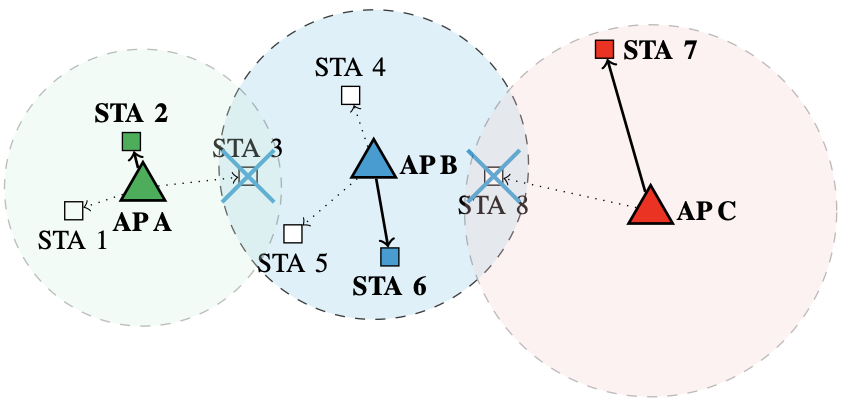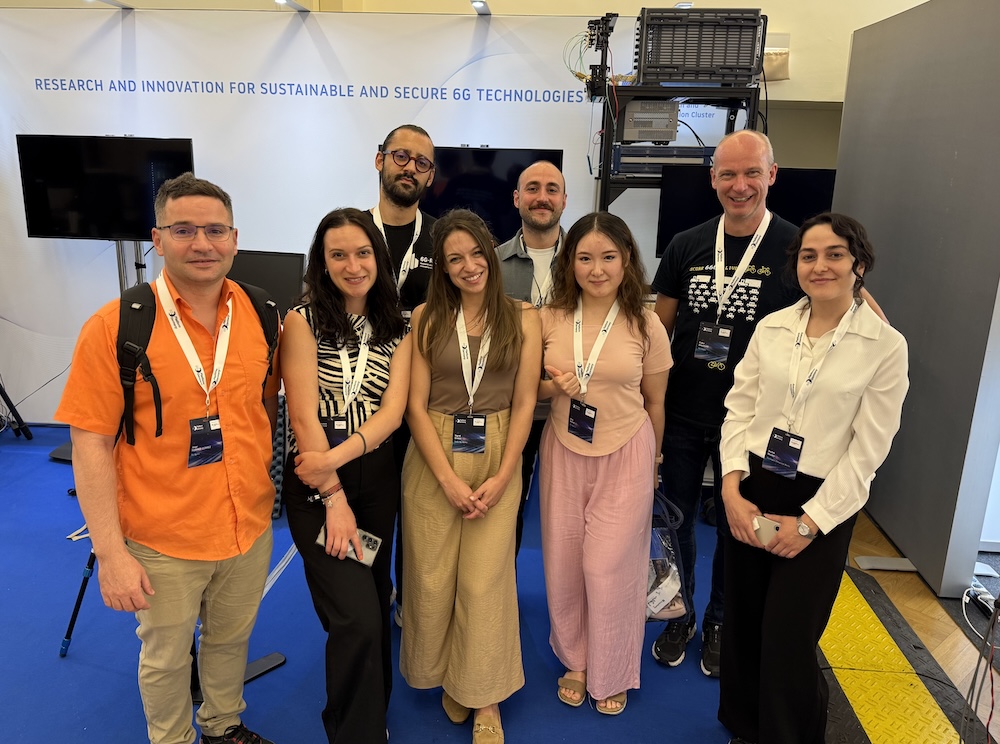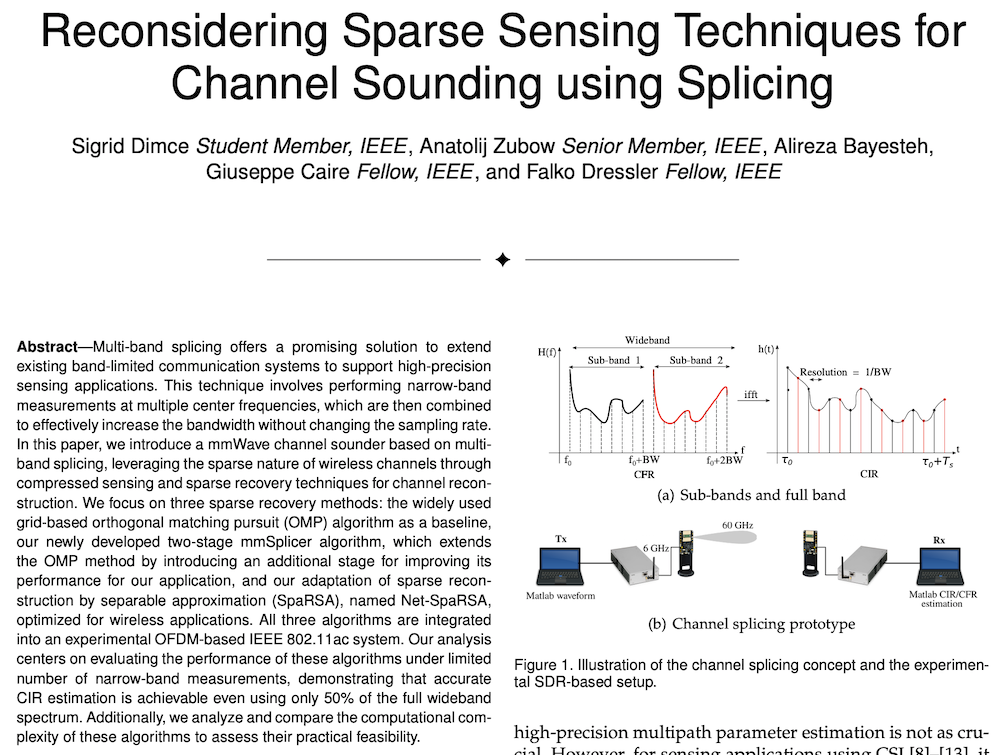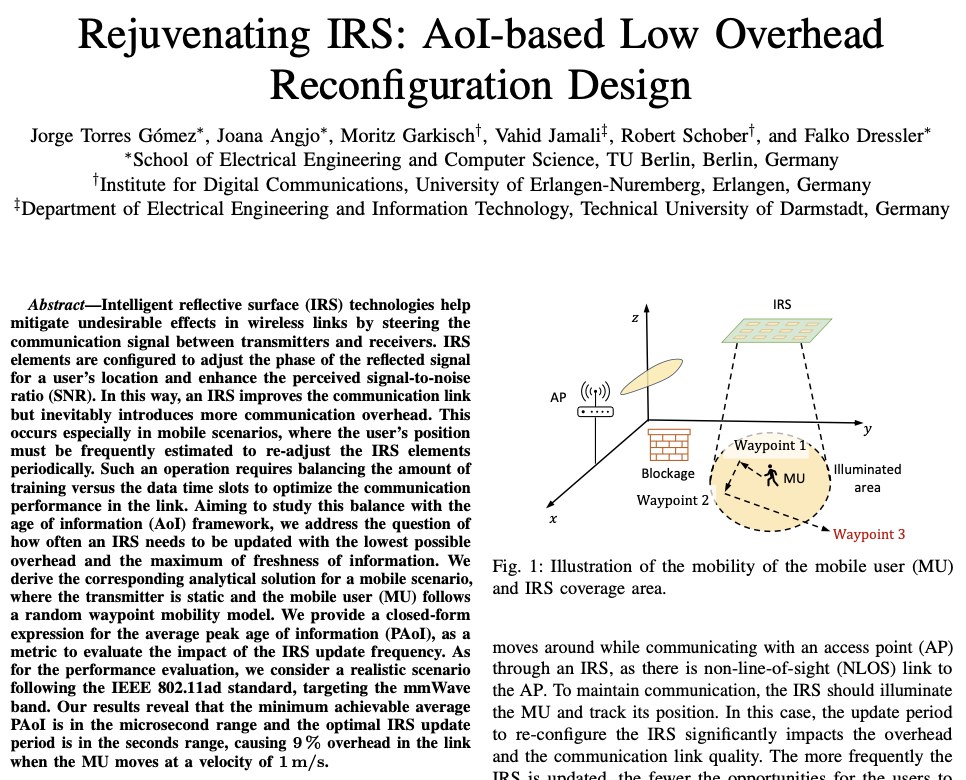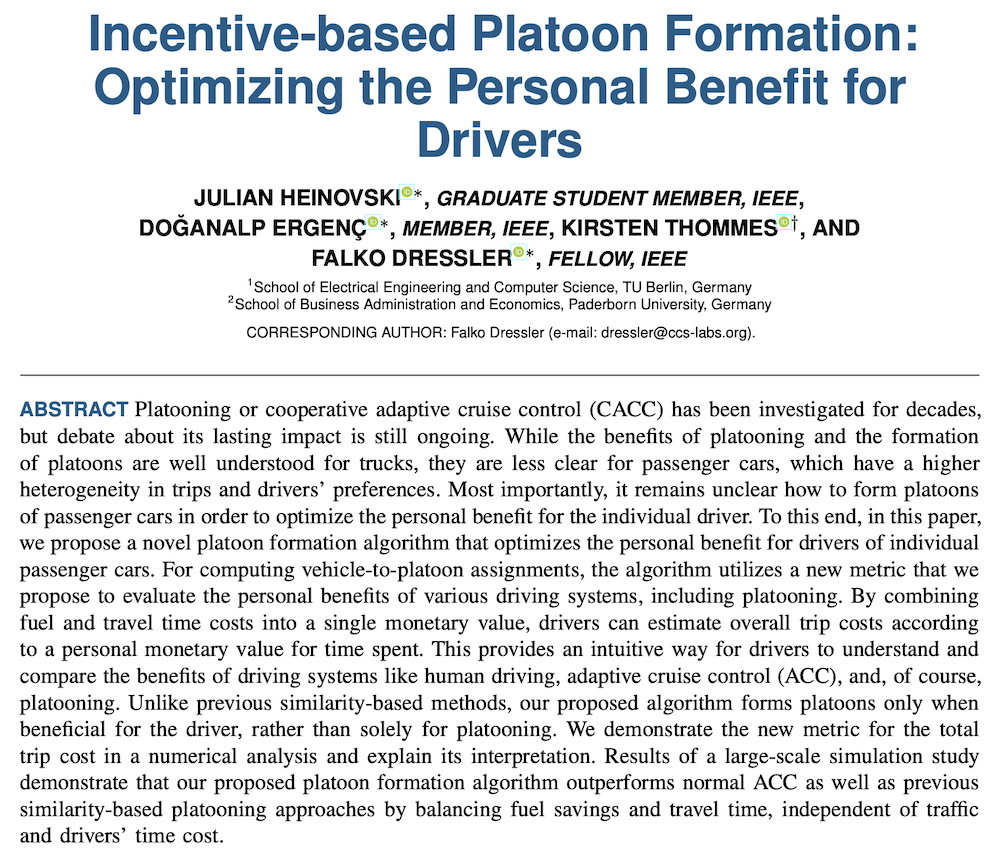Literature Database Entry
neuhauser2022investigating
Michael Neuhauser, Rene Neurauter, Steffen Tuermer, Johannes Gerstmayr, Marc Adams, Anselm Köhler and Jan-Thomas Fischer, "Investigating the potential of GNSS-modules for inflow avalanche measurements," Proceedings of EGU General Assembly, Vienna, Austria, May 2022, pp. EGU22–6416.
Abstract
A detailed knowledge of avalanche dynamics is crucial to optimize flow models that allow avalanche simulation tools to be effectively used for dimensioning mitigation measures or identifying endangered terrain. There are different ways to observe the dynamics in an avalanche during the flow. It can be achieved with remote sensing approaches or fixed sensor systems that interact with the flow. In this Abstract we introduce an inflow sensor system, the so called AvaNodes that are equipped with a variety of sensors, investigating the potential of Global Navigation Satellite System (GNSS) modules. The AvaNode is a cube with 16 cm side length. It is designed to flow in the avalanche and obtain GNSS position and velocity, inertial measurement unit (IMU) based accelerations, angular velocities and the magnetic flux densities, and temperature by means of an infrared thermometer. The utilized GNSS modules are from the ublox CAM-M8 series, that have a position accuracy of 2 m and velocity accuracy of 0.05 m/s, according to the datasheet. To estimate the position accuracy of the AvaNode while covered with snow, experiments were performed with the AvaNode buried in snow at different depths at a known location. Results show that the position accuracy is highly dependent on the number of satellites that the module currently tracks, ranging between 2 and 10 meters. To estimate the GNSS velocity accuracy while the AvaNode is covered with snow, a dynamic experiment with moving sensors was performed. The AvaNode was transported on a sledge while it was buried in 10 and 20 cm of snow. An accuracy in the range of 0.5 m/s was observed, allowing to potentially investigate the dynamics in real avalanches. The influence of burial or snow cover depth did not show conclusive influence on the results and requires further investigation. In 2021 this inflow sensor system was used in two avalanche experiments, on March 15 and 16, obtaining start and end positions, as well as promising GNSS velocities. On March 15 one AvaNode was transported by an avalanche, where the GNSS velocity shows a maximum of 15 m/s and a duration of 50 seconds of the avalanche. On March 16 two AvaNodes were picked up by an avalanche, both showing similar velocity distributions, with a maximum velocity of 17 and 13 m/s.
Quick access
Original Version ![]() (at publishers web site)
(at publishers web site)
BibTeX ![]()
Contact
Michael Neuhauser
Rene Neurauter
Steffen Tuermer
Johannes Gerstmayr
Marc Adams
Anselm Köhler
Jan-Thomas Fischer
BibTeX reference
@inproceedings{neuhauser2022investigating,
author = {Neuhauser, Michael and Neurauter, Rene and Tuermer, Steffen and Gerstmayr, Johannes and Adams, Marc and K{\"{o}}hler, Anselm and Fischer, Jan-Thomas},
doi = {10.5194/egusphere-egu22-6416},
title = {{Investigating the potential of GNSS-modules for inflow avalanche measurements}},
pages = {EGU22--6416},
address = {Vienna, Austria},
booktitle = {EGU General Assembly},
month = {5},
year = {2022},
}
Copyright notice
Links to final or draft versions of papers are presented here to ensure timely dissemination of scholarly and technical work. Copyright and all rights therein are retained by authors or by other copyright holders. All persons copying this information are expected to adhere to the terms and constraints invoked by each author's copyright. In most cases, these works may not be reposted or distributed for commercial purposes without the explicit permission of the copyright holder.
The following applies to all papers listed above that have IEEE copyrights: Personal use of this material is permitted. However, permission to reprint/republish this material for advertising or promotional purposes or for creating new collective works for resale or redistribution to servers or lists, or to reuse any copyrighted component of this work in other works must be obtained from the IEEE.
The following applies to all papers listed above that are in submission to IEEE conference/workshop proceedings or journals: This work has been submitted to the IEEE for possible publication. Copyright may be transferred without notice, after which this version may no longer be accessible.
The following applies to all papers listed above that have ACM copyrights: ACM COPYRIGHT NOTICE. Permission to make digital or hard copies of part or all of this work for personal or classroom use is granted without fee provided that copies are not made or distributed for profit or commercial advantage and that copies bear this notice and the full citation on the first page. Copyrights for components of this work owned by others than ACM must be honored. Abstracting with credit is permitted. To copy otherwise, to republish, to post on servers, or to redistribute to lists, requires prior specific permission and/or a fee. Request permissions from Publications Dept., ACM, Inc., fax +1 (212) 869-0481, or permissions@acm.org.
The following applies to all SpringerLink papers listed above that have Springer Science+Business Media copyrights: The original publication is available at www.springerlink.com.
This page was automatically generated using BibDB and bib2web.

